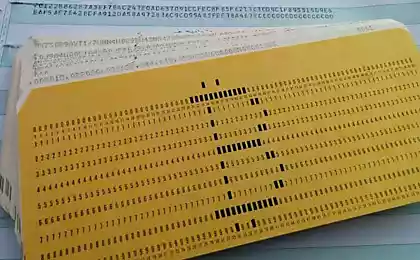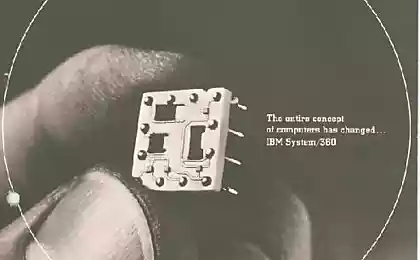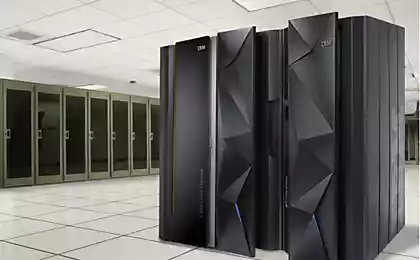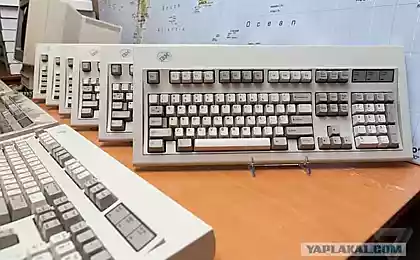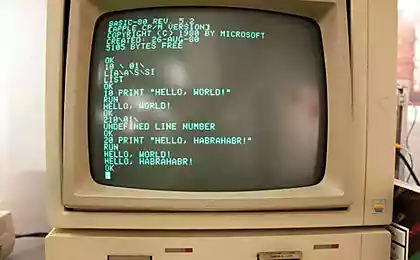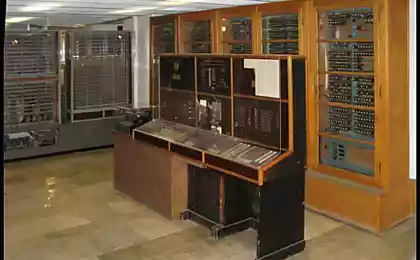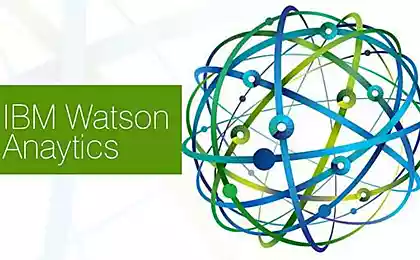1423
The computer that changed everything

On April 7th we celebrated the 50th anniversary of computers, made one of the first revolution in the market "enterprise computing." This model was not the first, the other computer is already present on the market, but it is the heroine of today's article turned the idea about "computers for business." I think all have guessed that we are talking about the legendary IBM / 360, largely laid approaches, which became the basis of modern computers, both personal and "large", without which we would not see all the wonders of modern IT.
The first question that should answer why IBM / 360 was the coup for the market? Discarding various reasons, which are many, not immediately call home - the right approach to architecture and design has allowed IBM to make the new model available (relatively, of course). It is possible to step out of smart machines governmental and university computing centers in the field of business and private business became gladly develop a new, incredibly handy tool.
I'll tell you about some of the innovations that are implemented in the IBM System / 360, and you can easily compare them with what we use now. Personally, I was surprised when I first found out how much we owe the System / 360.
The first innovation IBM, still used today, was the announcement of an entire line of computers differ in price, size and performance, but use a common set of commands (except for a few models for specific markets). This allows the company to purchase a simpler model, and as your needs grow, to carry out "upgrade" the iron, without having to rewrite the proven software.
The first announcement of the promised 6 models IBM / 360 and 40 items of the periphery. Were announced models 30, 40, 50, 60, 62 and 70. The first three were to replace the "bottom" line of IBM 1400 series and sold before 1965. Older models have been developed to replace the IBM 7000 series, but the market has not arrived, as they were replaced by models 65 and 75, published in the late 1965's and early 1966 respectively.
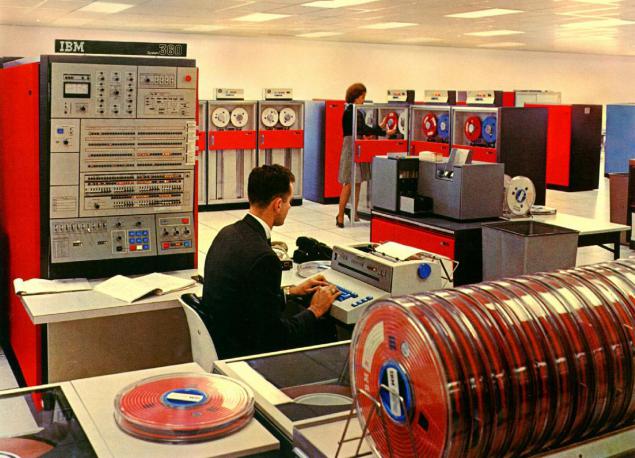
Over time, there are many other interesting variations. For example, the budget of 20 models with all the basic 4K memory 8 16-bit registers (instead of 16 32-bit like the other models) and a reduced instruction set. Another budget model number 22 in fact was recycled 30 model with a slower IO ports and constraints in terms of memory.
Of course, developing and non-budget segments. For example, in the model 67 IBM first implemented the technology of dynamic address translation (DAT or dynamic address translation), which is now known to us under the name of "virtual memory." DAT in turn allowed us to realize the work with time-sharing.

Models 65 and 67 were then supports two processors, and delivered to the market "dual-core" versions of these systems.
In the IBM System / 360 was first applied technology "microcode". In a conventional architecture program at the high-level language is translated into a series of commands processor that executes last. Action when executing commands implemented in hardware and can not be changed. In the case of microcode, it was he who determines how to perform certain commands by associating machine instructions "lower-level" atomic operations. By changing the firmware, you can change how the machine instructions are executed, which in turn allows you to correct any mistakes that were not possible in the implementation of machine instructions "iron." In turn, the use of microcode allowed to complicate the set of machine instructions and provide more opportunities for developers.
The disadvantage of the approach microcode performs a slow computer operation, so the older models of the System / 360 IBM has used the "hardware" implementation, eliminates the microcode.
Since backward compatibility was very important for customers IBM, have already invested a lot of money in the development of software for their previous computers in the System / 360 was to support emulation of the previous generation of computers. For example, the 30 model could emulate IBM 1400 system, and the 65th - IBM 7094. To do this, use a complex combination of hardware, microcode and software virtualization, which allowed the old code to work in the new system. In the first model to run in virtualized mode the computer had to stop and start again. Later, in the 85 model and the System / 370, such programs could already be running the operating system and work together with the "native" applications.
For what else we should be grateful to the System / 360?
- Devyatidorozhechnaya tape, which has become almost standard for storing digital information;
- Code table EBCDIC;
- 8-bit bytes. Now this may seem surprising, but during the development of the System / 360, for financial reasons would limit bytes 4 or 6 bits. Considered another option bytes with variable length and bit addressing both IBM 7030;
- Byte memory addressing;
- 32 bit words;
- IBM architecture for fractional numbers (actually the standard for over 20 years);
- Hexadecimal constants used in the documentation System / 360, ousted octal, used before.
Of course, replace the System / 360 came the next generation of computers. System / 370, System / 390 and System z. Many other companies have built their computer architecture based on the System / 360. Among them, Hitachi, UNIVAC, Amdahl, Soviet series of UCS and a number of others. System / 360 also became the basis of System / 4 Pi - protected from radiation and mechanical effects of computers for use in aviation and space technology.
Now in the world there are a few computers System / 360, not dismantled for parts, but unfortunately, none of them works. Too high costs of maintaining such a large computer in working condition.
If this topic is of interest to readers in the next article, I will continue to talk about this revolutionary computer.
Source: habrahabr.ru/post/219449/
